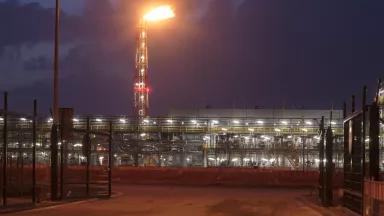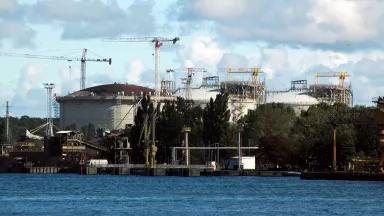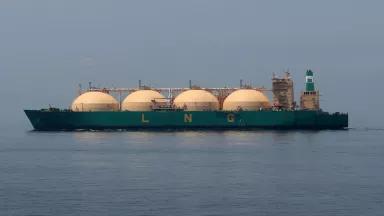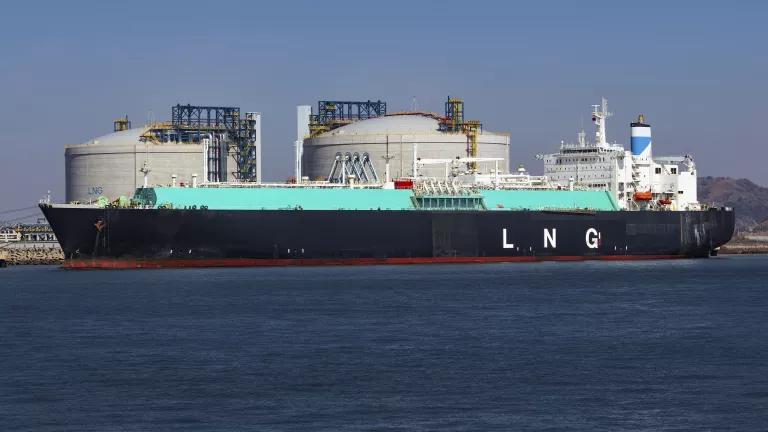
Getty Images
Liquefied natural gas (LNG) is a planet-warming fossil fuel with a notably large carbon footprint, attributed to its carbon-intensive production. Despite the urgent need to quickly reduce global emissions to hold global warming to below 1.5 degrees Celsius, countries are rapidly expanding their investments in LNG. By 2030, total LNG liquefaction capacity is expected to grow to 900 billion cubic meters (bcm) over today’s global capacity of around 650 bcm; much of that will come from just two countries—Qatar and the United States.
Investing in LNG as a “bridge fuel” is often claimed as a necessary short-term alternative for consumer countries, but mounting evidence demonstrates that this is not accurate. This issue brief examines the cost of building and maintaining LNG infrastructure compared to clean energy alternatives for the power sector. In the final analysis, clean energy is more cost-effective compared with LNG-based options for countries looking to transition their energy sector in line with their climate commitments.
Related Resources
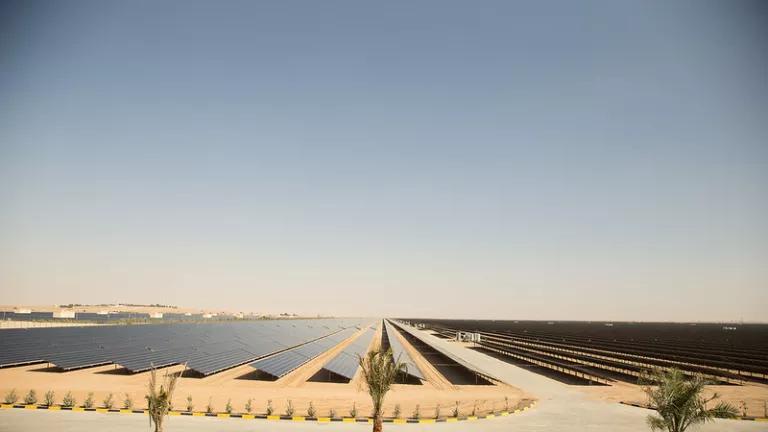
Delivering Ambition, Action, and Equity at COP28: What Needs to Be Delivered

Fossil Fuel Profits Skyrocket as World Leaders Set to Gather at COP28



